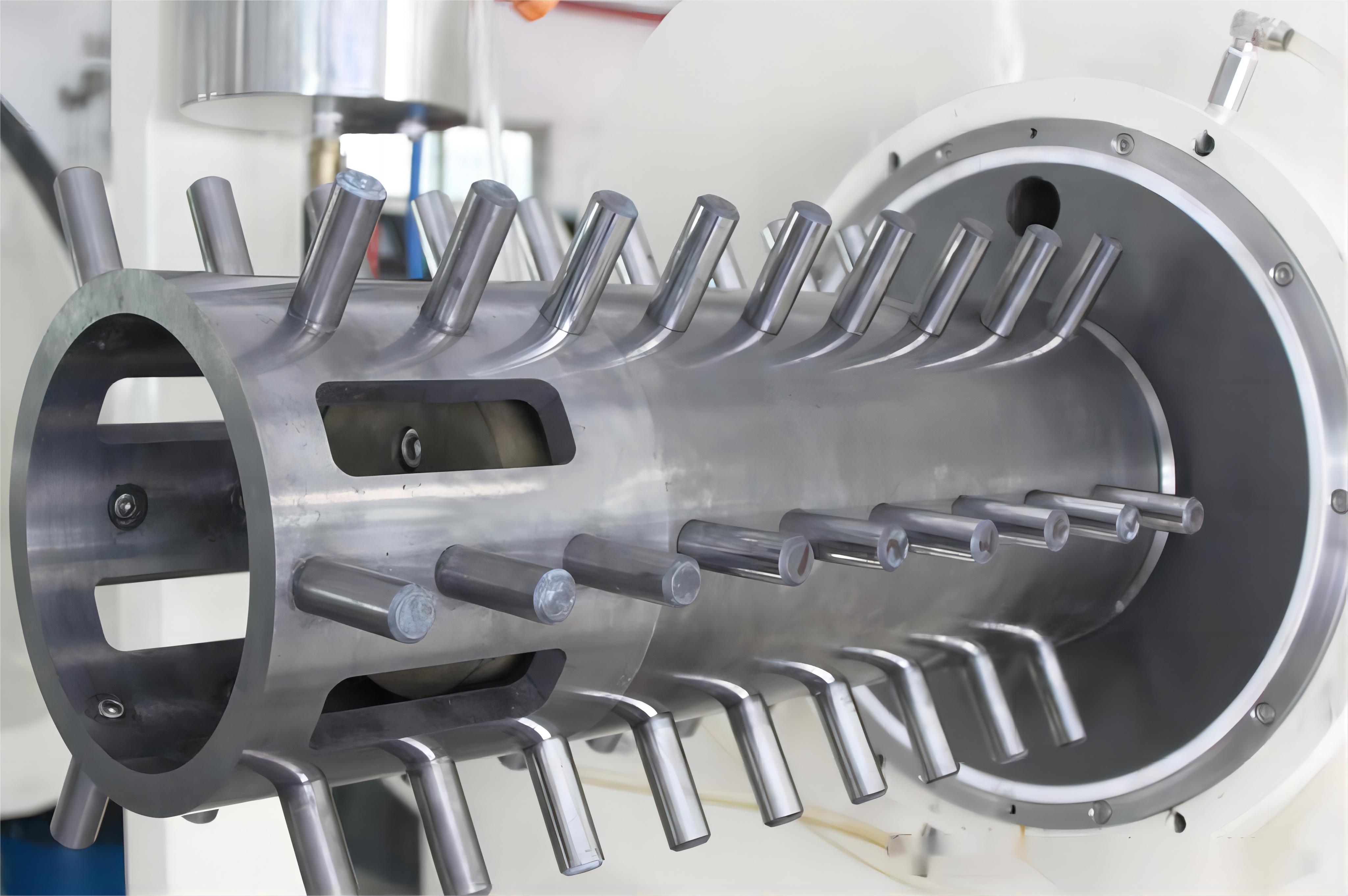Suspension agents are commonly prepared using sand mills as grinding equipment. By altering process parameters such as the diameter of grinding media, bead-to-material ratio, and grinding time, the particle size distribution of suspension agents of Bacillus thuringiensis and Emamectin Benzoate benzoate was measured using a laser particle size analyzer. The impact of various process parameters on the particle size distribution of suspension agents was investigated. Experimental results indicate that when using zirconia beads as grinding media in a sand mill, selecting smaller beads, an appropriate bead-to-material ratio, and sufficient grinding time results in narrower particle size distribution of the suspension agent products.

The process involves a pump transferring pre-mixed materials from a mixing vessel into the enclosed chamber of a sand mill, where they come into contact with rapidly rotating grinding media. This interaction causes intense collisions and friction between solid particles in the material and the grinding media, facilitating particle refinement and dispersion. Continuous operation involves the rotor's centrifugal action, separating the grinding media from the material. The refined material is pushed by a feed pump through the centrifugal filter gaps (the gap between the stator and rotor) into a receiving container (turnover barrel), while the grinding media remains in the sand mill chamber to further remove coarse particles from the slurry. After multiple grinding cycles, the material particles achieve the required fineness and a narrow particle size distribution range.
The choice of suitable grinding media is crucial for enhancing grinding efficiency, yet it remains a weak link in sand mill usage. There are various types of grinding media available, including glass beads, ceramic beads, steel beads, alumina beads, and zirconia beads. Although alumina and zirconia beads surpass ordinary glass beads in hardness, compressive strength, and wear resistance, their higher cost limits their widespread use. Furthermore, opinions vary on utilizing grinding media to attain grinding efficiency. This study primarily focuses on Y-TZP zirconia beads as grinding media, emphasizing the particle size distribution of suspension agents under different grinding process conditions to provide insights for suspension agent preparation.
The experiments involved various grinding process parameters to investigate their impact on the dispersibility (particle size) of the suspension agents under laboratory conditions. The results highlight that choosing smaller grinding media, an appropriate bead-to-material ratio, and suitable grinding time leads to better dispersibility of suspension agent products. However, the laboratory conditions overlooked certain factors of the raw materials themselves (such as hardness, initial particle size, viscosity, etc.) and the non-continuous flow of materials, making the use of bead-to-material ratio insufficient for characterizing grinding efficiency in industrial production.
In industrial production, where materials are continuously input or output, determining grinding efficiency using the filling rate of grinding media becomes crucial. The filling rate of grinding media signifies the percentage of volume of grinding media required for optimal grinding effectiveness. The filling rates for different types of sand mills vary, affecting grinding efficiency. A higher filling rate increases kinetic energy, thereby enhancing grinding efficiency, but excessively high filling rates can elevate temperatures or cause outlet blockages. Conversely, lower filling rates decrease the probability of collisions between grinding media, reducing grinding efficiency and extending grinding time.
The research underscores the importance of optimizing the grinding process parameters, including the choice of grinding media, bead-to-material ratio, grinding time, and filling rate, to achieve the desired particle size distribution and improve the efficiency of suspension agent production in industrial settings.

Submit your demand,
we will contact you ASAP.

Sanxin New Materials Co., Ltd. focus on producing and selling ceramic beads and parts such as grinding media, blasting beads, bearing ball, structure part, ceramic wear-resistant liners, Nanoparticles Nano Powder

